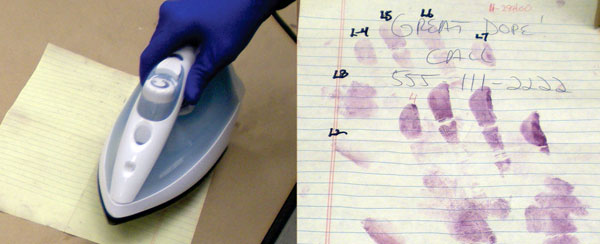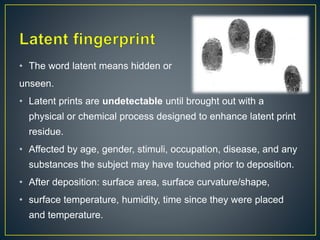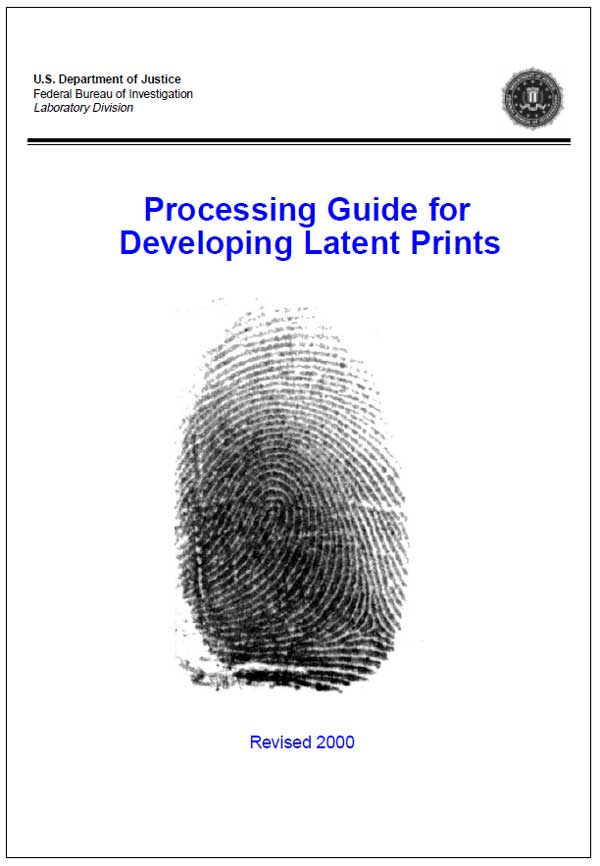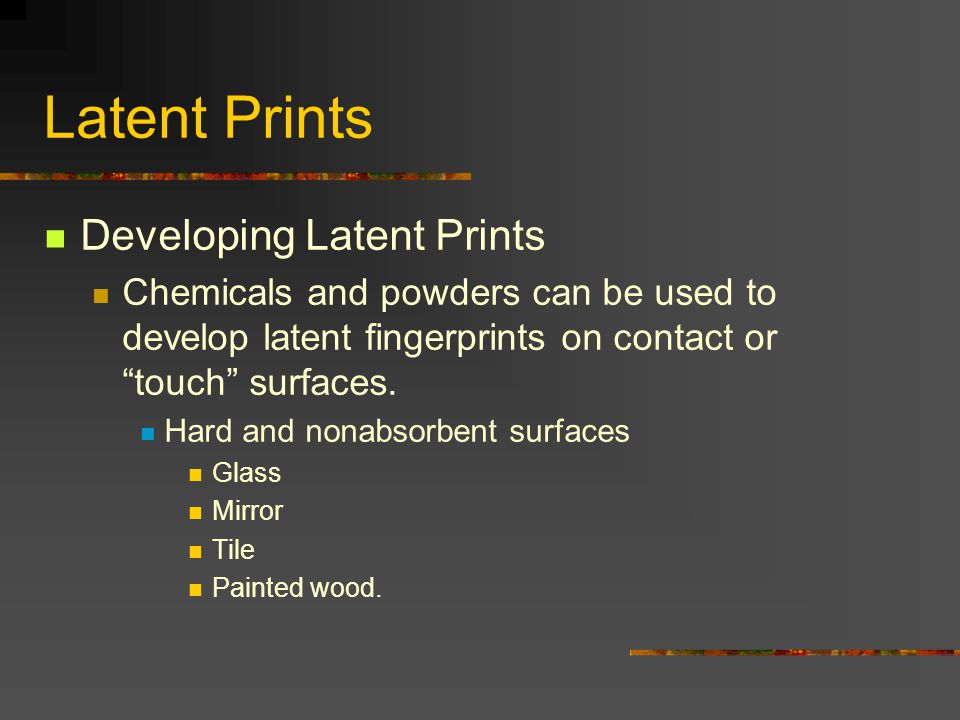Best Of The Best Tips About How To Develop Latent Prints
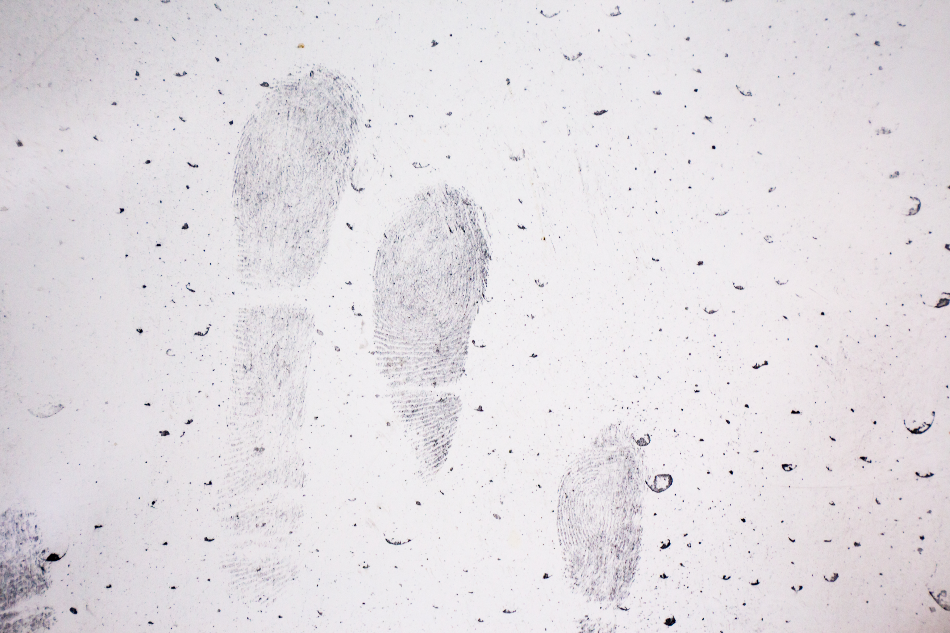
Latent prints are formed when the body’s natural oils and sweat on the skin are deposited onto another surface.
How to develop latent prints. More information on fingerprinting and crime scene investigation techniques can be f. Processing guide for developing latent prints (2000) 6 rubber gloves—semiporous 1. Learn how to develop latent fingerprints using black fingerprint powder.
Inherent fluorescence by laser or alternate light source 3. Developing latent prints on human bodies present unique problems to police investigators. The powder adheres to oil, moisture, and other residues.
Blood sensitive reagents can usually be applied after the normal processing. Ensure that the surface is well illuminated. To get rapid results, humidity should be raised 80% and glue temperature to around 120 degree celsius (these conditions can develop old prints in about 20 minutes).
After recovery, the items were. Expose the latent print to a laser or other light source using a filter. Our greatest success in developing a latent print of value on this cadaver was on a section of skin which was super slue fumed for fifteen seconds and processed with black magnetic powder.
However, the methods to develop and compare latent prints, including. The basic premises that support identifying an individual using latent prints have gone unchanged since the early 1900's. Visually examine all specimens for latent prints before using any latent print development technique.
The federal bureau of investigation's latent fingerprint section has been. Latent prints can be found on a variety of surfaces; Several treatments, when combined with laser illumination, can make latent prints amenable to development.








